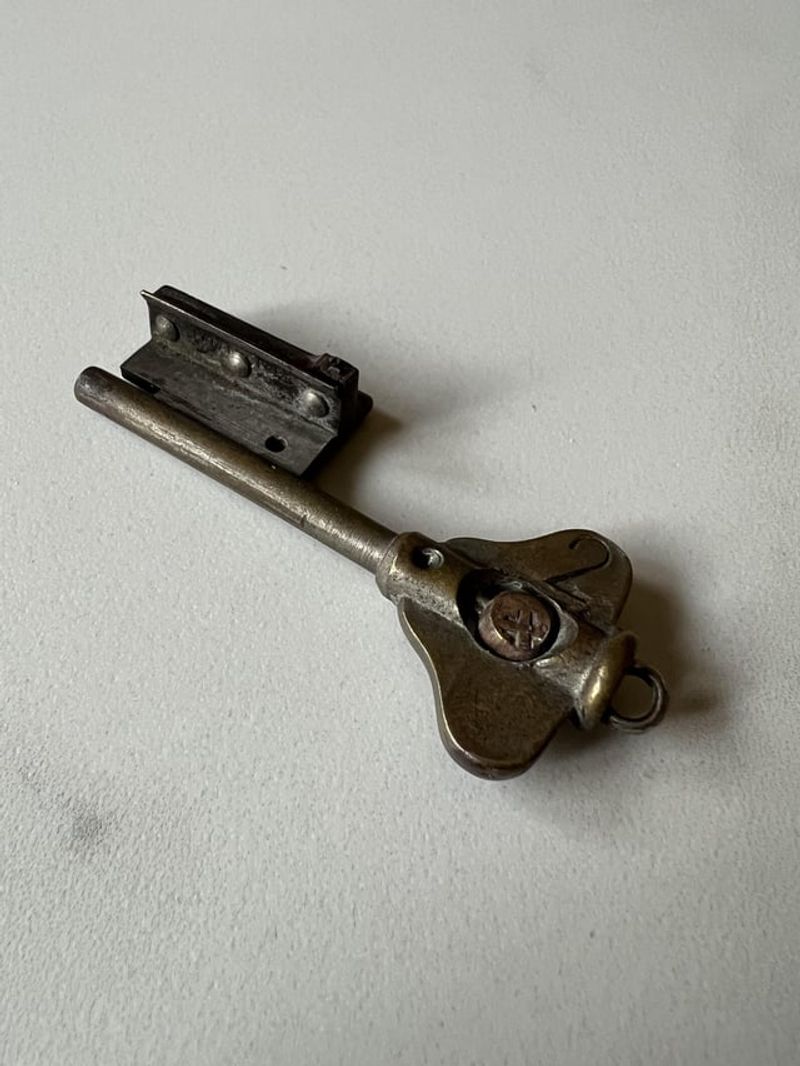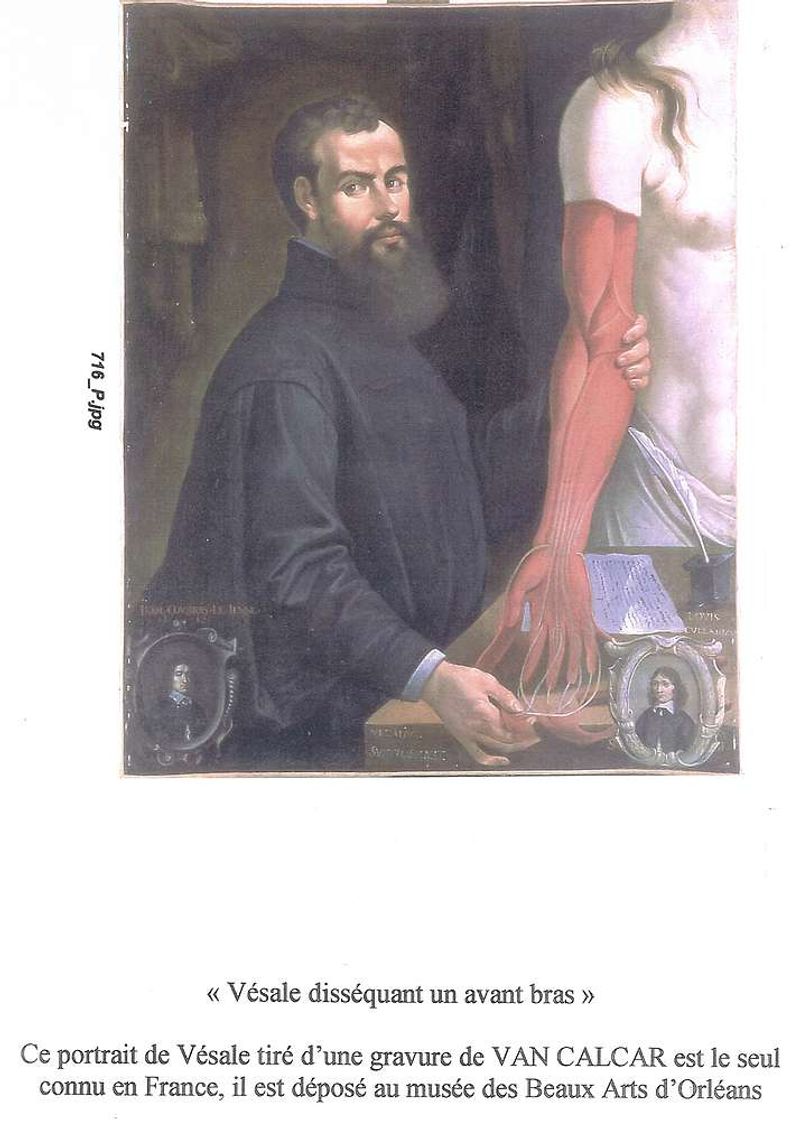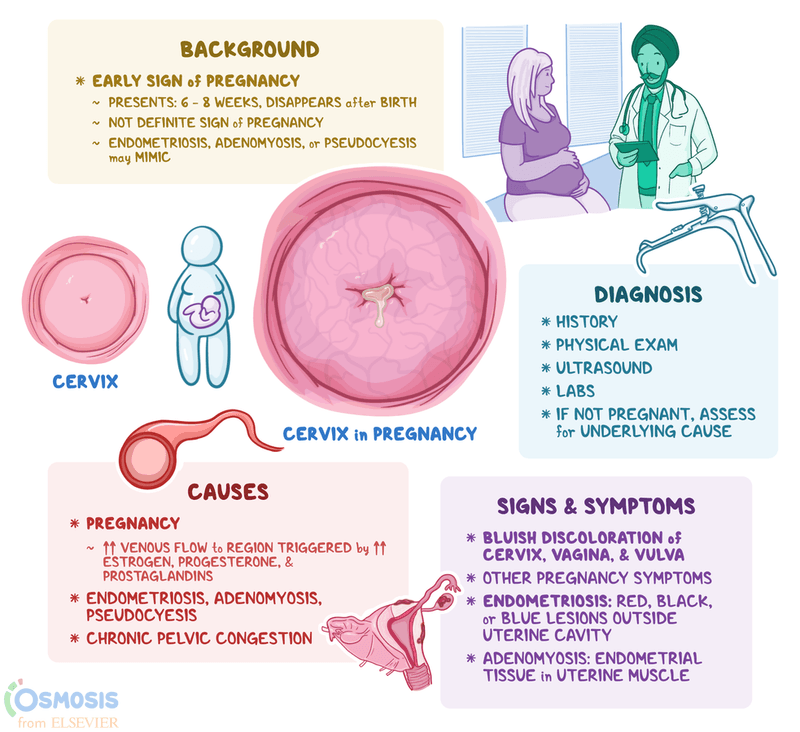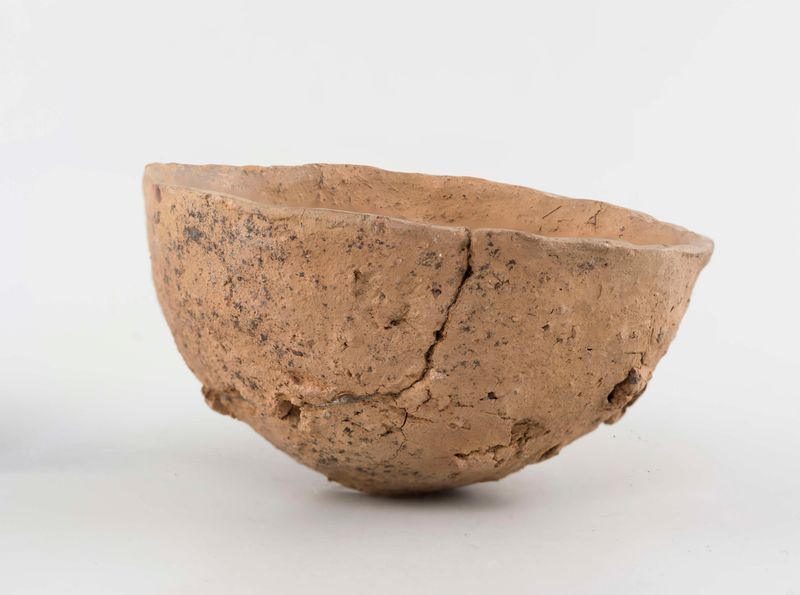Before the convenience of modern drugstore pregnancy tests, women throughout history relied on some truly bizarre methods to determine if they were expecting. Ancient civilizations and medical practitioners developed creative—and often wildly inaccurate—techniques to detect pregnancy. These unusual approaches ranged from planting seeds in urine to examining bodily changes and even consulting specialized “piss prophets.” Let’s explore some of the strangest pregnancy detection methods our ancestors used.
1. Wheat and Barley Sprouting Test – Ancient Egypt (c. 1350 BCE)
Ancient Egyptians pioneered one of the earliest documented pregnancy tests using simple agriculture. Women urinated daily on cloth bags containing wheat and barley seeds, then waited patiently for nature to reveal its verdict.
If barley sprouted, a boy was predicted. If wheat grew instead, expect a girl. No growth at all? Not pregnant. Surprisingly, this wasn’t complete nonsense—a 1963 study found the test approximately 70% accurate in detecting pregnancy, as pregnancy hormones can sometimes stimulate seed growth.
2. Onion Test – Ancient Egyptian and Greek physicians (c. 14th century BCE)
Nothing says medical science quite like an overnight onion. This eyebrow-raising method involved a woman inserting an onion or similar pungent bulb into her vagina before bedtime. The logic? Your body would tell the tale by morning.
If a woman woke with onion breath, physicians declared her not pregnant, believing the odor had traveled through an “open womb.” No morning onion breath meant a “closed womb”—congratulations, you’re expecting! The test relied on the theory that pregnancy sealed the womb, preventing aromas from passing through.
3. Latch (Key) Test – Late 15th century Europe
Medieval Europeans turned to household hardware for pregnancy detection. A woman’s urine was collected in a basin, then a metal latch or key was submerged and left to soak for several hours. The moment of truth came during examination.
If an impression of the latch appeared on the basin’s surface after removing the key, celebration was in order—a baby was coming! This method relied on changing protein levels and surface tension in pregnant women’s urine. While completely unscientific by modern standards, the test shows our ancestors’ remarkable attempts to understand reproductive biology.
4. Piss Prophets – 16th century Europe
Renaissance Europe saw the rise of specialized urine diviners nicknamed “piss prophets.” These self-proclaimed experts charged handsome fees to analyze women’s urine for signs of pregnancy and various ailments.
Holding glass flasks of urine to the light, they scrutinized color, clarity, and sediment patterns. Some even mixed urine with wine, interpreting the resulting reactions as pregnancy indicators. Piss prophets often worked in marketplace stalls, making public spectacles of their examinations while dressing in elaborate robes to enhance their mystical appearance.
5. Eye-Change Observation – Jacques Guillemeau (16th century)
French surgeon Jacques Guillemeau developed a pregnancy test that was literally eye-opening. He meticulously documented subtle changes in women’s eyes during early pregnancy, creating detailed medical illustrations for fellow physicians.
Guillemeau looked for telltale signs: deep-set eyes sinking into their sockets, noticeably smaller pupils, drooping eyelids, and swollen veins surrounding the eyes. While pregnancy does cause fluid retention and vascular changes, these specific eye observations weren’t particularly reliable indicators. Nevertheless, this method persisted for decades among European doctors seeking non-invasive pregnancy detection techniques.
6. Chadwick’s Sign – James Read Chadwick (1836)
American gynecologist James Read Chadwick made medical history by identifying a genuinely useful pregnancy indicator. He documented the distinctive bluish-purple discoloration of the cervix, vagina, and labia that appears around 6-8 weeks after conception.
This color change, now known as “Chadwick’s Sign,” results from increased blood flow to the reproductive organs during pregnancy. Unlike many historical methods, this observation had actual medical validity and remains recognized in modern obstetrics. Chadwick’s careful clinical observations represented an important shift toward evidence-based pregnancy detection.
7. Sand/Ceramic-Dish Sedimentation – Hippocrates and medieval physicians
Hippocrates, the father of medicine, believed pregnancy could be detected through urine sedimentation. Women’s urine was carefully poured onto sand or into specialized clay pots, then left undisturbed for observation.
Physicians meticulously examined any crystals or sediments that formed, with “sandy” deposits interpreted as confirmation of pregnancy. The method persisted well into medieval times, with variations involving different container materials and sedimentation periods. While pregnancy does change urine composition, these rudimentary observations lacked the precision needed for accurate diagnosis.
8. Wine Divination Test – Medieval Europe
Medieval European physicians embraced a particularly festive pregnancy test involving wine. A woman’s urine was mixed with wine in specific proportions, creating a concoction that would make modern lab technicians cringe.
Doctors watched intently for color changes, effervescence, or unusual reactions between the liquids. Different wine varieties produced different reactions, leading to regional variations of this method. The test worked on the principle that pregnancy hormones altered urine chemistry, potentially causing visible reactions with alcohol. While occasionally successful by chance, the wine divination method was far from reliable.
9. Hogben Frog Test – Lancelot H. Hogben (1930)
British zoologist Lancelot Hogben revolutionized pregnancy testing with his humane frog method. His breakthrough used female African clawed frogs (Xenopus laevis) as living pregnancy detectors without harming them.
Women’s urine was injected into the frogs’ lymph sacs, and if pregnancy hormones were present, the frogs would lay eggs within 24 hours. Unlike the rabbit test, these amphibians survived the procedure and could be reused multiple times. The Hogben test was significantly more economical and ethical, quickly becoming the standard pregnancy test throughout the 1940s-1950s.
10. Galli-Mainini Male-Frog Test – Carlos Galli Mainini (1947)
Argentine physician Carlos Galli Mainini improved upon Hogben’s method with a faster, equally humane alternative. His innovation used male toads instead of female frogs, dramatically reducing result time from days to hours.
When injected with pregnant women’s urine, male toads released sperm within 3-5 hours due to the hCG hormone. This response was easily observable under basic microscopy without harming the animals. Galli-Mainini’s test spread rapidly throughout Latin America before becoming standard worldwide, representing a significant advancement in accessible pregnancy testing.










